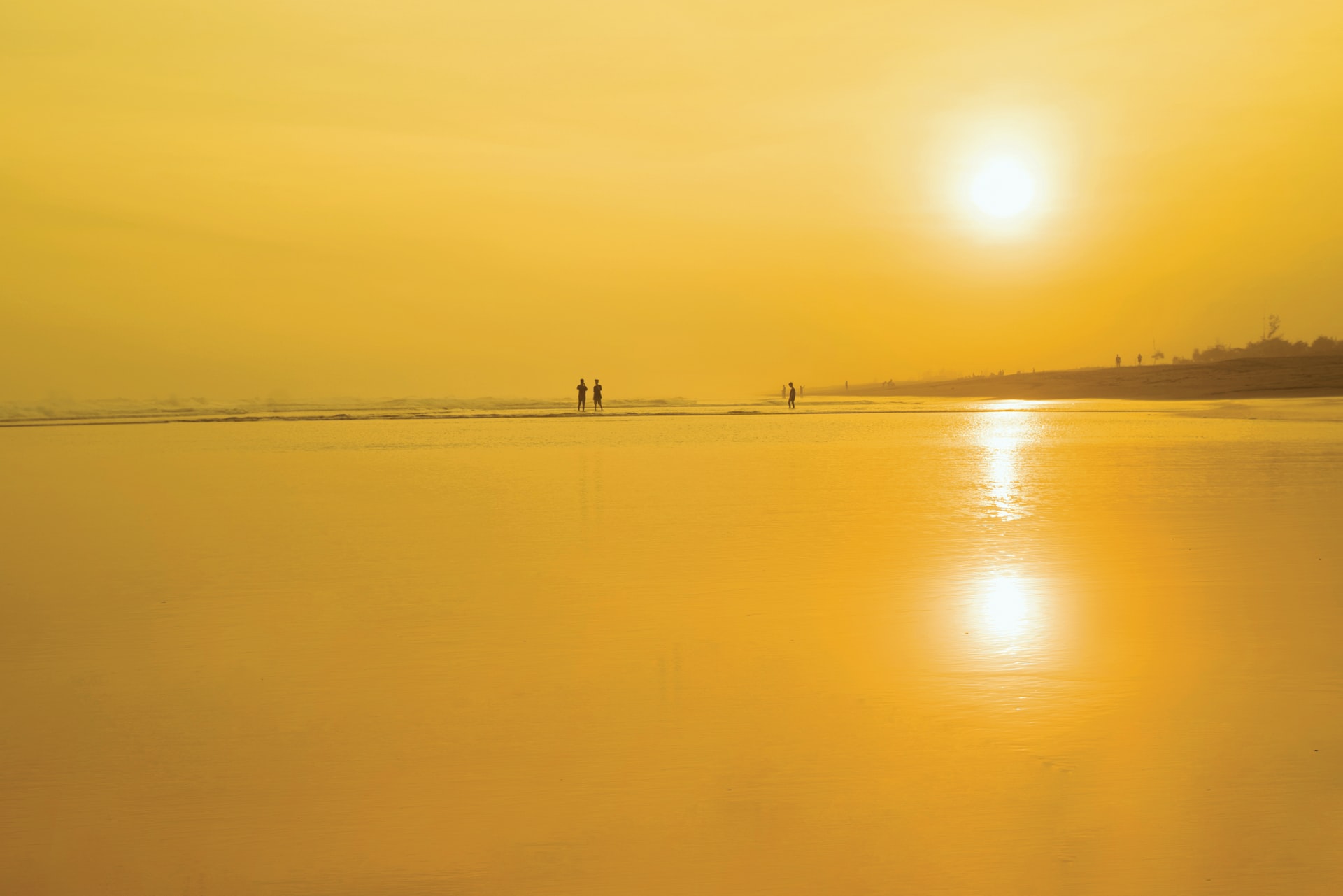Last year was the seventh warmest on record for New Zealand, according to NIWA’s annual climate summary for 2020.
It has been almost four years since New Zealand has had a month with below average temperatures, the climate stocktake says. Furthermore, six of the past eight years have been amongst the hottest on the country’s record.
The SMC asked experts to comment on the summary.
Professor James Renwick, climate scientist, Victoria University of Wellington, comments:
“New Zealand has had its usual mixed bag of ups and down for the year 2020. The year started out with a lot of the country blanketed in smoke from the terrible bushfires in Australia, which affected air quality in the first week of January and left a layer of ash and debris on the Southern Alps, helping melt ice and snow through last summer.
“A number of months were warm, but mixed in with colder spells, although no month was significantly below the 1981-2010 normal. For the globe as a whole, 2020 was tied with 2016 as the warmest on record. For New Zealand, the overall annual temperature anomaly of +0.63 degrees above normal made it our 7th warmest year on record. The warming trend is clear in this country as it is around the world. Over the past 23 years, only four have been cooler than the 1981-2010 normal. In the first 23 years of the record, since 1909, only four years were warmer than the 1981-2010 normal. Even though we do not see each year being successively warmer than the last, the warm years are piling up. A below-normal year now would be truly exceptional.
“Short-term cold spells still happen though. The most remarkable last year was the cold snap at the end of September, when air travelled all the way from the Ross Ice Shelf in Antarctica to the east coast of the South Island. Several locations in the southern South Island experienced maximum temperatures only a few degrees above freezing, with snow falling to sea level in places. Still, looking at where temperature records were broken each month, we see that twelve new record low temperatures were set for the year, while 63 high temperature records were set, five times as many. This is another clear sign of a warming climate.
“Drought and flood were the other themes in 2020. The first few months of the year was very dry in the North Island and parts of the South Island, with the Government declaring the drought a large-scale adverse event and providing funds to farmers in many regions, even the Chatham Islands. Locations from Northland to Canterbury had their longest dry spells on record. Meanwhile, devastating floods occurred in the southwest South Island in February, with a state of emergency declared in Southland, and the Routeburn and Milford tracks badly damaged. The pattern of a dry north and a wet southwest, with strong westerly winds, is one we are likely to see more of in future as the climate continues to change.
“Other flood events were more associated with localised thunderstorms, notably the downpour on Napier in November that left many home uninhabitable. The violent hail storm in Tasman Bay on Boxing Day brought the year to a devastating end for many vineyards, orchards, and market gardens in the area. Such events are very episodic and their occurrence to date is not obviously influenced by the changing climate.”
Conflict of interest statement: I collaborate with NIWA climate scientists and co-supervise students on an ad-hoc basis. I am not receiving any funding from NIWA-related sources at present.
Associate Professor Kim Dirks, Department of Civil and Environmental Engineering, University of Auckland, comments:
“I am surprised not more was made of the January 5th orange skies in Auckland due to the Aussie bush fires. They were truly unusual. Most people I talk with had never seen anything like it. I certainly hadn’t.
“Even though the skies were dramatic in terms of the impact on the optics (bringing about the orange skies), there was nothing in the air pollution records to suggest that the smoke had reached ground level, so it is unlikely that the particles in the air had any direct impact on people.
“And 509 mm of rain in 24 hours (over half a metre!) is pretty impressive in anyone’s books – Milford Sound got that on Feb 3rd according to the report. The monthly average for the whole month of January, Milford Sound’s wettest month, is about 633 mm, so most of that monthly average fell in a single day.”
No conflict of interest
